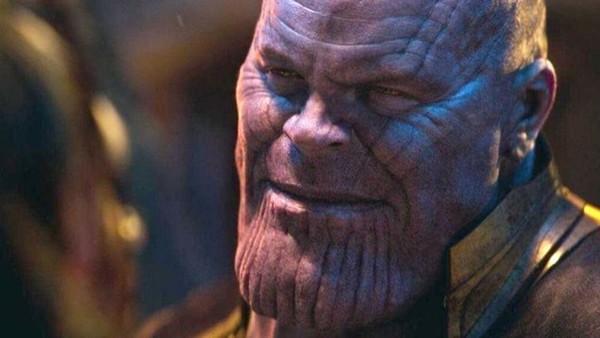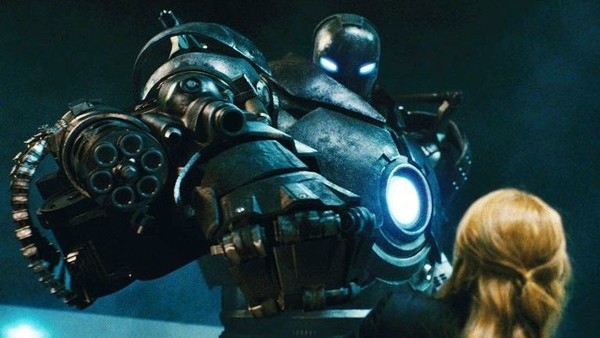The Marvel Villain Problem Explained
It's the MCU's most popular criticism, but is it deserved?

Nothing is ever perfect, and if there's one stumbling block that Marvel's world-conquering MCU has constantly run up against, it's their so-called "villain problem". Ever since Iron Man kicked everything off back in 2008, the studio's array of super-villains have lacked the magic of their fully-formed heroes, but why has the perception of this problem endured for a decade, and is it even right to say that there’s still an issue after Thanos and the Vulture have received so much praise?
The problem has haunted the MCU since its inception, however the specifics of the issue have shifted as the years have gone on. The antagonists featured in Phase 1, for instance, were pretty solid, at least for the first two thirds of each movie. The interplay between the likes of Thor and Loki, Stark and Stane, and even Captain America and Red Skull made for engaging drama, with the chemistry between these duos elevating the material thanks to Marvel's genius approach to casting.
The problem was, however, that most of this conflict was stripped away by the time the third act rolled around. The final third often featured a by-the-numbers punch up between the two enemies that prioritised spectacle over substance. The nuances of each antagonist deteriorated to the point where they were cartoon villains, which was never actively bad, but certainly made them pale in comparison to other, more complex movie villains at the time.
5. Phase 1 Origins

It didn’t help either that, visually and thematically, the villains themselves lacked variety. For the most part they were mirror images of the hero: Obadiah Stane was a businessman who had his own Iron Man armour, the Red Skull was injected with the same super-soldier serum as Steve Rogers, Loki was Thor’s adopted brother and the Abomination was the Hulk on steroids. Not only did this make the relationships between these duos feel too familiar across each movie, but having them share abilities and powers didn’t inspire amazing action sequences.
Of course, that was fine, because these movies were very much vehicles to establish charismatic leading heroes who would eventually go on to define the entire genre. It might be hard to believe, but at the time the likes of Thor and Iron Man were considered B-players in the superhero world. They were the characters Marvel still owned the rights to because other companies didn’t think they were worth buying. Consequently, the studio went to great lengths to make these "weaker" characters work, gambling on daring casting choices like Robert Downey Jr. to prove these heroes could go toe to toe with, and even better, A-listers like Spider-Man or Batman.
Consequently, most of those earlier films focus entirely on building these heroes both as action stars but also as charismatic leading men. You get the spectacle of them in action - be it Iron Man walking away from an explosion or Cap punching Nazis - but they're established as real people first and foremost. The downside was, by doubling-down on that, it left little room to explore the intricacies of the villains.